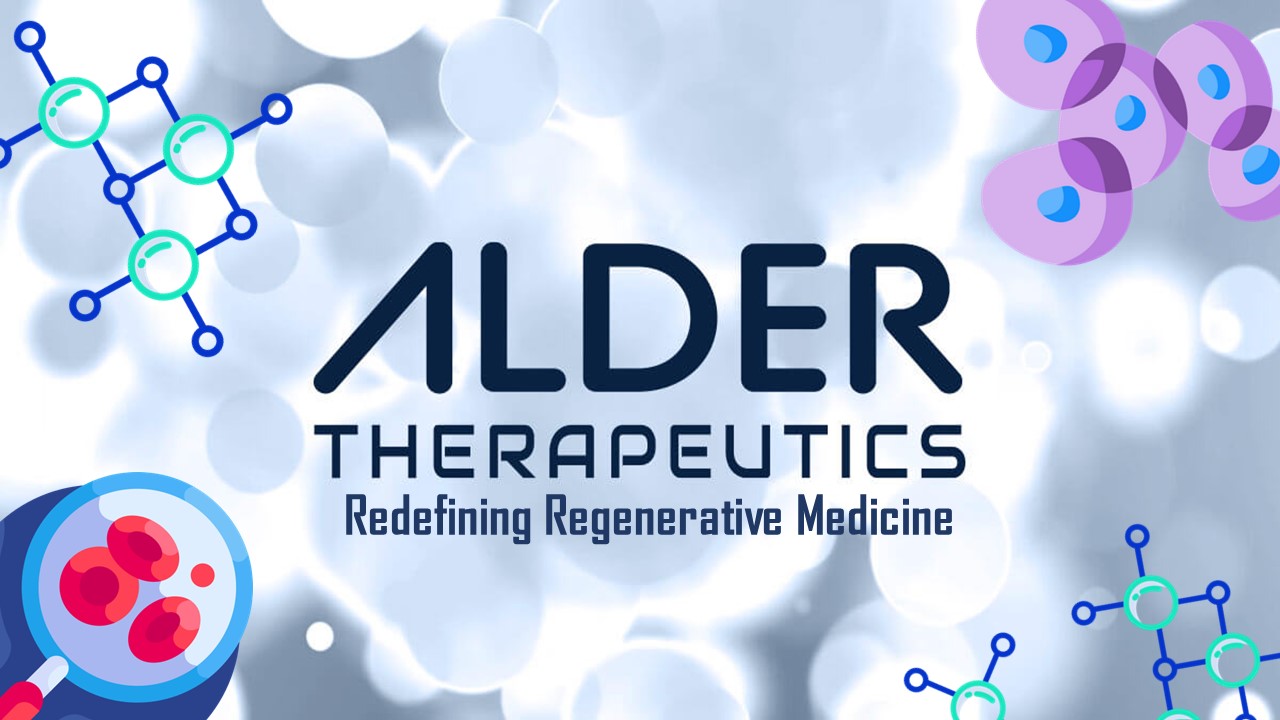Sickle cell disease (SCD) is one of the most devastating genetic blood disorders, affecting millions worldwide. For those born with SCD, life often means a cycle of painful crises, hospital visits, and long-term organ damage, all stemming from a single point mutation in their DNA. This mutation causes hemoglobin, the protein in red blood cells that carries oxygen, to behave abnormally. Instead of flowing smoothly through the bloodstream, the mutant hemoglobin molecules form rigid rods, distorting red blood cells into a crescent, or “sickle,” shape. These misshapen cells are not just inefficient at carrying oxygen—they are also prone to clumping together and blocking blood vessels, causing inflammation, severe pain, and damage to organs and tissues.
Current treatments for SCD mostly focus on managing symptoms rather than addressing the genetic source of the disease. Patients rely on blood transfusions, medications, and even painkillers to manage the recurring “crises” caused by blocked blood flow. But these solutions offer only temporary relief and often bring their own risks and side effects. For decades, scientists have searched for a way to go beyond symptom management and tackle SCD at its genetic roots. The emergence of gene-editing technologies now offers that possibility, holding the potential to fundamentally change the landscape of SCD treatment by correcting the disease at its molecular core.
The Power of Fetal Hemoglobin: A Clue to a Cure
For many years, researchers have observed a puzzling phenomenon in some individuals with SCD—those who naturally continue to produce fetal hemoglobin (HbF) into adulthood tend to experience less severe symptoms. Fetal hemoglobin, which is the dominant form of hemoglobin before birth, has unique properties that prevent it from “sickling” even in those with the genetic mutation that causes SCD. This discovery was a breakthrough. If researchers could find a way to keep HbF production switched on in adult patients, it could effectively counteract the effects of the sickle cell mutation.
In most people, the production of fetal hemoglobin is switched off shortly after birth, replaced by adult hemoglobin. Scientists have pinpointed a protein called BCL11A as the master switch responsible for this transition. This protein suppresses HbF production, but researchers believe that if they can disrupt BCL11A activity specifically in red blood cells, they can coax the body into producing HbF once again. This idea has ignited a new wave of research focused on reactivating HbF as a treatment strategy for SCD, with the goal of transforming a lifelong genetic disease into a manageable or even curable condition.
Gene Editing: A Precision Approach to Reactivating Fetal Hemoglobin
Gene-editing technology has opened up exciting new possibilities in the treatment of genetic diseases like SCD. While traditional therapies work from the outside, gene editing operates at the core, altering the DNA within a patient’s cells to address the disease at its root. For SCD, researchers have developed several gene-editing strategies that target BCL11A, aiming to disrupt its ability to silence HbF production. By editing the gene responsible for this switch, scientists can potentially free the patient’s red blood cells to produce HbF indefinitely.
One particularly promising approach involves using a type of gene-editing tool called zinc finger nucleases (ZFNs). ZFNs are engineered proteins that can be customized to recognize specific DNA sequences, where they make precise cuts. When a ZFN cuts DNA at the target site, the cell’s natural repair mechanisms take over, often disrupting the gene in the process. This method allows researchers to turn off the activity of BCL11A selectively in red blood cells, reactivating the production of fetal hemoglobin. Unlike many gene-editing tools, ZFNs offer high precision, reducing the risk of off-target effects that could interfere with other cellular functions.
The application of ZFN technology to SCD is being spearheaded by a new therapy known as BIVV003. This innovative treatment is designed to edit a patient’s own stem cells, reprogramming them to produce red blood cells with functional fetal hemoglobin. By targeting the disease at its genetic source, BIVV003 offers a potential one-time solution for SCD, promising to relieve patients from the burden of recurrent treatments and transform the way this genetic disorder is managed.
From Lab to Clinic: How BIVV003 Is Engineered
The process of creating BIVV003 begins with isolating hematopoietic stem cells from the patient. These stem cells are critical because they have the unique ability to produce all types of blood cells, including red blood cells. Once the stem cells are collected, they are exposed to mRNA that encodes ZFNs, which are directed to a specific sequence within the BCL11A gene. This sequence, known as the GATAA motif, plays a crucial role in silencing HbF production. The ZFNs create precise breaks in the DNA at this location, leading the cell’s repair mechanisms to introduce small changes that effectively turn off BCL11A in red blood cells.
These edited cells are then expanded and infused back into the patient’s bloodstream. Once they settle in the bone marrow, the edited stem cells begin to produce new blood cells that carry the therapeutic changes. Because the edits are confined to red blood cells, BCL11A continues to function in other cell types, ensuring that the treatment targets only the necessary pathways. The ultimate goal is for these edited cells to take root in the body and continuously produce red blood cells rich in fetal hemoglobin, effectively rendering the sickle cell mutation inactive.
Testing the Waters: Early Results Show Promise for Lasting Benefits
Before any new treatment reaches patients, it must undergo rigorous testing in the lab and in animal models. For BIVV003, preclinical studies provided a strong foundation, showing that ZFN-edited stem cells could successfully engraft in mice and produce red blood cells with high levels of HbF. These early tests demonstrated not only the efficacy of ZFN-mediated gene editing but also its safety, with no adverse effects on other cellular processes.
Encouraged by these results, researchers moved forward with clinical trials in humans, specifically the Phase 1/2 PRECIZN-1 study. The study enrolled adult participants with severe SCD and infused them with BIVV003 following a conditioning treatment. So far, the results have been promising. Patients who received BIVV003 showed a steady increase in HbF levels, which reached levels high enough to prevent the sickling of red blood cells. For many participants, these elevated HbF levels have translated into fewer painful crises, less frequent hospital visits, and an improved quality of life.
One of the most exciting aspects of BIVV003’s early results is the durability of the therapy. Unlike traditional treatments that need to be repeated regularly, BIVV003 appears to be a one-time procedure with lasting effects. Edited cells in patients continue to produce high levels of HbF months after treatment, and preliminary data suggest that these effects could persist for years. This longevity points to the possibility that BIVV003 might offer a lifelong solution for SCD patients, freeing them from the cycle of crisis and treatment that has defined their lives.
Safety First: Addressing the Risks of Gene Editing
Despite its promise, gene editing is not without risks, and ensuring the safety of therapies like BIVV003 is paramount. One of the major concerns in gene editing is the possibility of off-target effects, where unintended changes are made to the DNA. However, ZFNs offer a level of precision that reduces this risk significantly. The editing process targets a very specific region within the BCL11A gene, which minimizes the chance of disrupting other genes. In the PRECIZN-1 study, most adverse events reported by participants were related to the conditioning regimen, which is a standard procedure in stem cell transplants and not a direct result of the gene editing itself.
Long-term safety monitoring remains a priority, as researchers continue to track patients for any potential delayed effects. So far, BIVV003 has shown a favorable safety profile, with minimal side effects related to the gene-editing process. This success is an encouraging indicator that ZFN-mediated editing can be safely applied in a clinical setting, offering a viable path forward for genetic therapies in SCD and other diseases.
Why Precision Matters: Biallelic Editing and Its Impact on Therapy
One of the remarkable findings from BIVV003’s early trials is the high rate of biallelic editing observed in treated cells. Biallelic editing refers to changes made on both copies of the gene, which in this case leads to even greater suppression of BCL11A and stronger HbF induction. Patients with biallelic editing of BCL11A tend to have higher HbF levels and, consequently, more substantial improvements in their symptoms. This precision in gene editing not only increases the effectiveness of BIVV003 but also underscores the potential of ZFN technology to achieve targeted and reliable outcomes.
By focusing on small insertions or deletions at the target site, ZFNs enable scientists to control the editing process more finely. Unlike other gene-editing methods that may introduce larger, unpredictable changes, ZFNs are designed to produce highly specific edits, limiting the risk of unintended genetic alterations. The biallelic nature of these edits means that each cell carries a robust genetic change, enhancing the therapeutic impact of BIVV003 and offering patients a higher probability of lasting relief from SCD symptoms.
A Glimpse of the Future: The Path from Clinical Trials to Mainstream Therapy
The success of BIVV003 in clinical trials is a promising step, but the journey from clinical study to standard treatment is long and requires continued validation. The ongoing PRECIZN-1 study will provide critical data on the therapy’s long-term efficacy and safety, helping to shape the future of gene-edited therapies for SCD. As researchers gather more data, they are also refining the manufacturing process for BIVV003, aiming to increase the yield of stem cells with high editing efficiency. These refinements are crucial for making the treatment accessible to a larger population, as they enhance the therapy’s reliability and scalability.
If BIVV003 continues to demonstrate durable benefits and a strong safety profile, it could become one of the first gene-edited therapies to be widely adopted for SCD. This development would mark a significant milestone, not just for SCD patients but for the entire field of gene therapy. BIVV003’s progress also highlights the broader potential of gene editing to treat other genetic diseases, paving the way for a new era in medicine where conditions previously considered incurable might one day be corrected at their genetic source.
Looking Beyond: The Far-Reaching Implications of Gene Editing for Genetic Disorders
The promise of BIVV003 extends far beyond sickle cell disease. Its success represents a proof of concept that gene editing can be used to treat, and potentially cure, genetic diseases at their root. While BIVV003 targets the specific mutation responsible for SCD, the same underlying principles can be applied to other genetic conditions. Disorders like beta-thalassemia, hemophilia, and even certain metabolic diseases could benefit from similar gene-editing approaches, offering hope to millions who currently rely on lifelong treatment regimens.
As researchers continue to unlock the potential of gene editing, the implications for medicine are profound. These therapies do not just promise to alleviate symptoms; they offer the possibility of true cures, transforming the lives of patients and reshaping our approach to healthcare. For patients with SCD, BIVV003 represents more than a treatment—it is a beacon of hope for a life free from the burden of disease, a vision of health restored at the most fundamental level.
Study DOI: https://doi.org/10.1038/s41598-024-74716-7
Engr. Dex Marco Tiu Guibelondo, B.Sc. Pharm, R.Ph., B.Sc. CpE
Editor-in-Chief, PharmaFEATURES
Register your interest [here] at Proventa International’s Clinical Operations and Clinical Trials Supply Chain Strategy Meeting this 14th of November 2024 at Le Meridien Boston Cambridge, Massachusetts, USA to engage with thought leaders and like-minded peers on the latest developments in the clinical space and regulatory affairs.

Subscribe
to get our
LATEST NEWS
Related Posts

Cell & Gene Therapy
Eyeing the Future: Stem Cells and the Promise of Corneal Restoration
By reducing dependency on donor tissues and minimizing immunosuppressive demands, iCEPS has the potential to redefine LSCD treatment.

Featured
Sygnature Discovery Teams Up with Axol Bioscience to Unleash Human iPSCs’ Power
Sygnature Discovery partners with Axol Bioscience to explore hiPSC-derived microglia for antineurodegenerative drug discovery.
Read More Articles
Myosin’s Molecular Toggle: How Dimerization of the Globular Tail Domain Controls the Motor Function of Myo5a
Myo5a exists in either an inhibited, triangulated rest or an extended, motile activation, each conformation dictated by the interplay between the GTD and its surroundings.













